Flexibility is often overlooked in fitness routines, yet it plays a crucial role in overall health, injury prevention, and physical performance. Whether you're just starting your fitness journey or looking to enhance recovery, improving flexibility can transform how your body feels and functions.
This beginner-friendly guide offers practical advice, simple tracking methods, and motivation cues to help you stay consistent and see real progress over time.
Flexibility refers to the ability of your muscles and joints to move through their full range of motion. Good flexibility improves posture, reduces muscle tension, and supports joint health. It also enhances athletic performance and decreases the risk of strains and injuries—especially important as we age or engage in repetitive activities.
Beyond physical benefits, flexibility training promotes mindfulness and relaxation. Stretching activates the parasympathetic nervous system, helping reduce stress and improve mental clarity.

You don’t need to be able to touch your toes on day one. Start with gentle, accessible stretches that target major muscle groups. Aim to stretch at least 3–5 times per week, holding each stretch for 20–30 seconds.
Always warm up before stretching—light walking or dynamic movements like arm circles prepare your muscles and reduce injury risk.
Stretching after workouts helps reduce muscle soreness and speeds up recovery. When you exercise, micro-tears form in muscle fibers. Flexibility work increases blood flow, delivering oxygen and nutrients to aid repair.
Incorporate post-workout stretching into your routine. Focus on the muscles you used during your session. For example, after a run, stretch your calves, quads, and hip flexors.
Even on rest days, gentle stretching keeps muscles supple and supports mobility. Consider adding a short 10-minute routine to your morning or evening ritual.
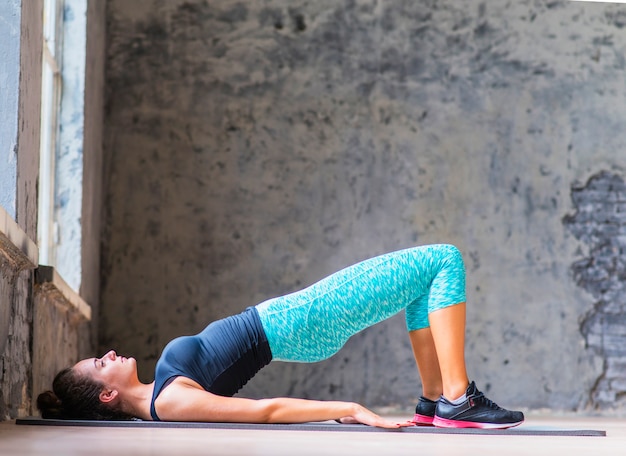
Tracking helps you stay motivated and recognize improvements. You don’t need complex tools—just consistency and awareness.
Over time, small improvements add up. Celebrate milestones like touching your toes or sitting comfortably in a cross-legged position.
Motivation fades, but habits last. Use these cues to stay on track:
Remember, flexibility is not about achieving perfect poses—it’s about feeling better in your body. Progress is personal, not competitive.
Even with good intentions, beginners often make mistakes that slow progress or cause discomfort.
Improving flexibility isn’t just about physical gains—it’s a commitment to long-term well-being. By integrating simple stretches, tracking progress, and staying motivated, you’ll notice improved mobility, reduced stiffness, and enhanced recovery.
Start small, stay consistent, and listen to your body. Over time, you’ll unlock a greater sense of freedom in movement—and that’s a win worth celebrating.

Fitness

Fitness

Fitness

Fitness

Wellness
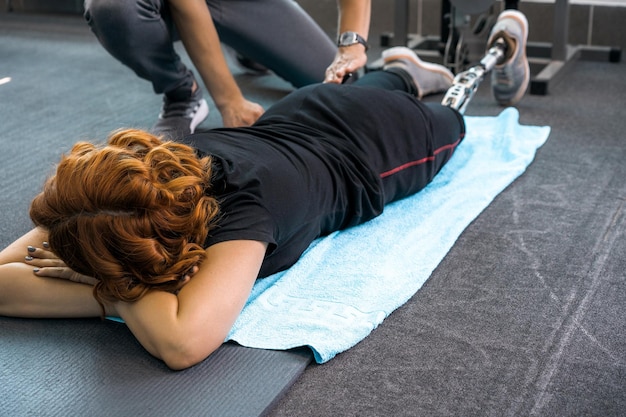
Fitness

Fitness

Fitness

Fitness
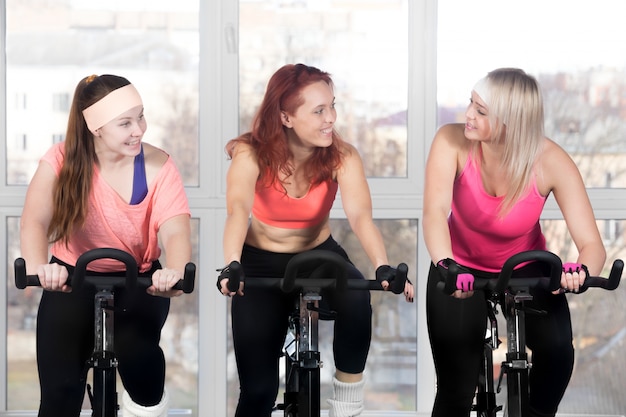
Fitness
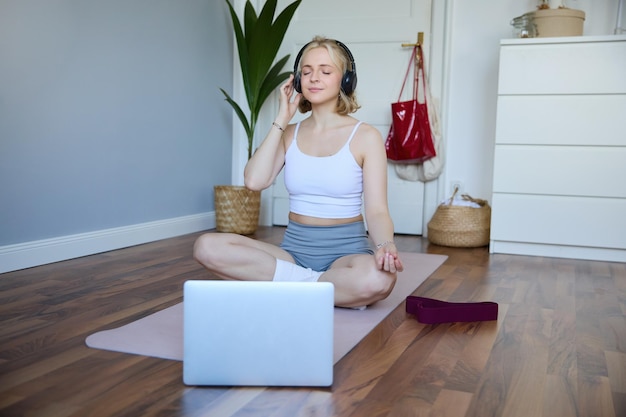
Fitness
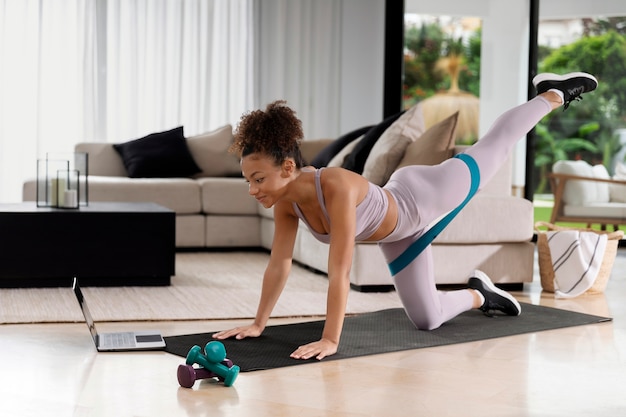
Fitness

Health

Fitness

Health

Health